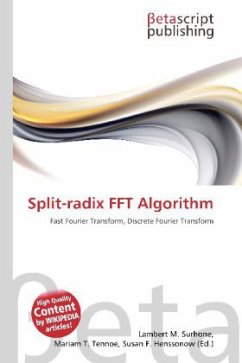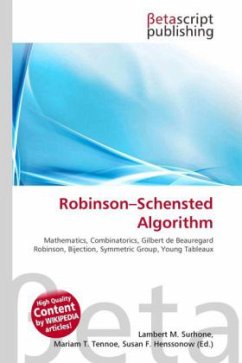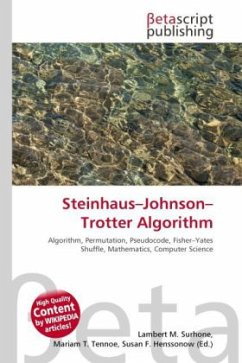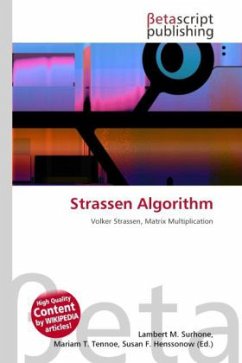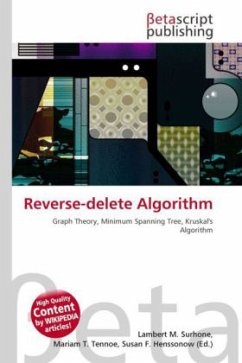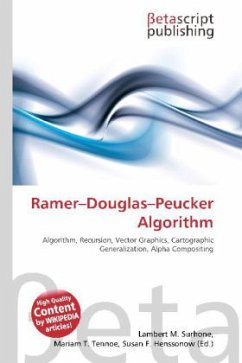
Ramer Douglas Peucker Algorithm
Versandkostenfrei!
Versandfertig in 6-10 Tagen
19,99 €
inkl. MwSt.

PAYBACK Punkte
10 °P sammeln!
Please note that the content of this book primarily consists of articles available from Wikipedia or other free sources online. The Douglas Peucker algorithm is an algorithm for reducing the number of points in a curve that is approximated by a series of points. The initial form of the algorithm was independently suggested in 1972 by Urs Ramer and 1973 by David Douglas and Thomas Peucker. (See the References for more details.) This algorithm is also known under the following names: the Ramer Douglas Peucker algorithm, the iterative end-point fit algorithm or the split-and-merge algorithm.The p...
Please note that the content of this book primarily consists of articles available from Wikipedia or other free sources online. The Douglas Peucker algorithm is an algorithm for reducing the number of points in a curve that is approximated by a series of points. The initial form of the algorithm was independently suggested in 1972 by Urs Ramer and 1973 by David Douglas and Thomas Peucker. (See the References for more details.) This algorithm is also known under the following names: the Ramer Douglas Peucker algorithm, the iterative end-point fit algorithm or the split-and-merge algorithm.The purpose of the algorithm is, given a ''curve'' composed of line segments, to find a similar curve with fewer points. The algorithm defines ''dissimilar'' based on the maximum distance between the original curve and the simplified curve. The simplified curve consists of a subset of the points that defined the original curve.





